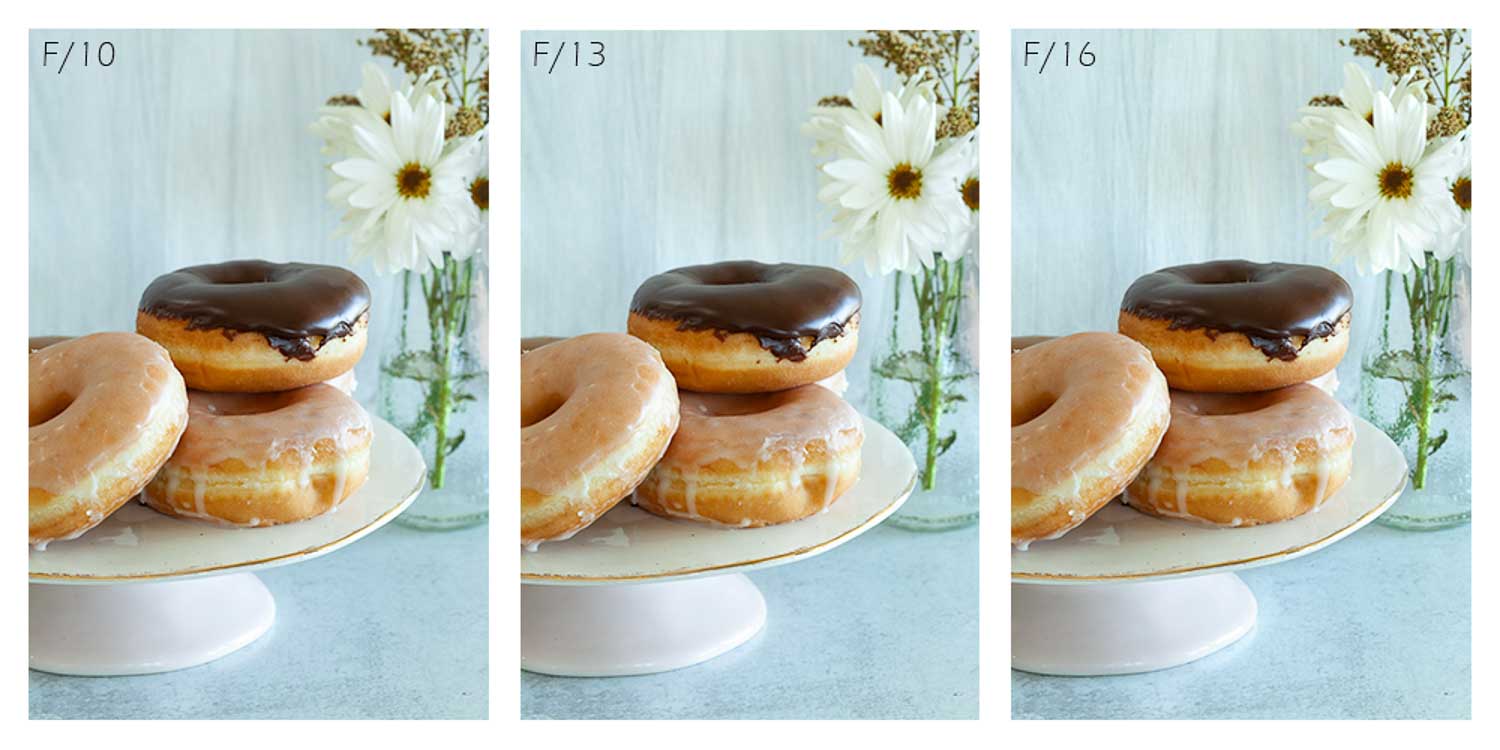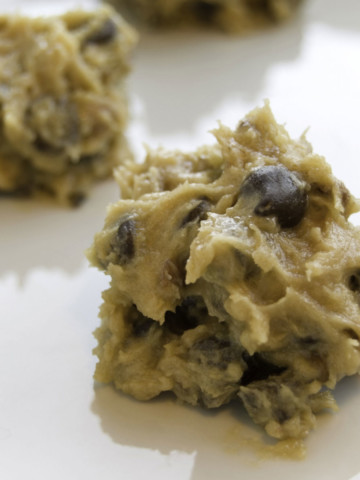What is Aperture?
Aperture is the round opening in your camera lens that you make larger or smaller to control how much light you want to let enter your camera. Clear as mud, right? Basically, make it larger and you will let more light in. This results in a brighter image. Make it smaller, and you will let in less light, making the image darker.

What is an F Stop?
The size of the aperture is measured with F numbers, for F Stops. Different lenses will have different ranges. What is confusing with this is the higher the number, the smaller opening in your lens. The lower the number, the larger opening of the lens. I'm sure it made sense to someone at some time.
We should think of this like the pupil in your eye. When our eyes need more light, our pupils open up. When there is too much light, our pupils get smaller to reduce the amount of light.
How is Aperture Measured?
- Aperture is measured by the size of the hole opening in the lens
- It is measured in F Stops
- The size of the hole will tell you the F Stop
- The bigger the hole, the more light comes in, resulting in a smaller F Stop
- The smaller the hole, the less light comes in, resulting in a larger F Stop

What's the Point of Aperture?
- The primary use of aperture is to control the depth of field. How much of your image do you want to be in focus. This opens up a ton of creative possibilities.
- By controlling the amount of light, you also control the amount of items in focus.
- When you are photographing with a deep (wide) depth of field, this means a greater amount of the image will be in focus.
- A shallow depth of field, on the other hand, is when only a part of your image is in focus. Backgrounds and often foregrounds appear as a soft blur.
Example of Aperture Controlling your Depth of Field

You can see with the F1.4 image, the flowers are completely blurry in the background. As we start to work our way up through the F stops the flowers start to become more in focus.

By the time we get to F16, everything in the image is in focus.
The Beauty of the Blur

In this image, the F stop is 1.4. By choosing a low number (a wide aperture) this enables us to focus on one element in the image. The donuts. They are the hero so why not give them some love. This blur allows us to create beautiful, dreamy images. It also helps make things seem less cluttered, by drawing the viewers attention straight to the donut.
The Power of the Details

We took this image with an F Stop of 16. By choosing the higher F number (a narrow aperture) you keep more details in focus in the image. This is great to use if every item in the image has a specific purpose.
Mastering the Fundamentals
Now go shoot something. Take some time and have some fun experimenting. You have the creative control, you just need to practice using it. Slowly build your understanding by practice. I'm challenging you to try this every day. With something simple, like a piece of fruit. Be creative and try to think about what your camera sees. Spend some time studying the results and what can you do differently tomorrow?
Five Day Food Photography Challenge
Want to take your food photography up a notch?
I’ve been photographing food for years and have learned some tricks of the trade. Join me on this 5-day challenge where you’ll learn how to master the art of food photography, one bite at a time. You’ll be amazed by what you can do with just a few simple tips. You will learn how to make your photos pop with color, texture, and lighting. Sign up today!
Canon also has a basic write-up about Aperture if you are seeking out more information. And if you are looking for more basic information about photography you can find quite a few on our site and on our social media.






Serena says
Interesting post but I want those donuts!!! 😋😍
Is this your recipe?😊
serena says
Nope those were just my breakfast 🙂
Melissa Cushing says
This is super interesting and there really is so much to know when it comes to photography. I have bookmarked to circle back to lend more so thank you!
serena says
Thanks Melissa!
Jay Aguirre says
You explained aperture really well! Once you understand aperture, it can really change up your photography game!!
serena says
This is so true!
An Indian Traveler says
This is such an informative post. Loved how your explained things. I learnt something new today 🙂
serena says
Thanks so much 🙂
Catherine says
Shooting on manual as been a real process for me and I still struggle with the getting the settings right at times. Thank you SO much for this great, in-depth guide!
serena says
Manual is a challenge for lots of people. Practice makes progress is what I always say 🙂
Kitchen Backsplash says
I love love love the examples and different applications! Photography is a great mystery to me. Thank you so much.
serena says
Thanks so much Chad 🙂
Luna S says
Fantastic information, I love how you included the visuals too. Thanks for putting this together!
serena says
Thanks so much 🙂
Annette, 3 Little Buttons says
What a great guide to understanding aperture. The little paper guides that come with cameras can be quite complex, but this is so much easier to get a feel of.
serena says
Thanks Annette, I totally agree!